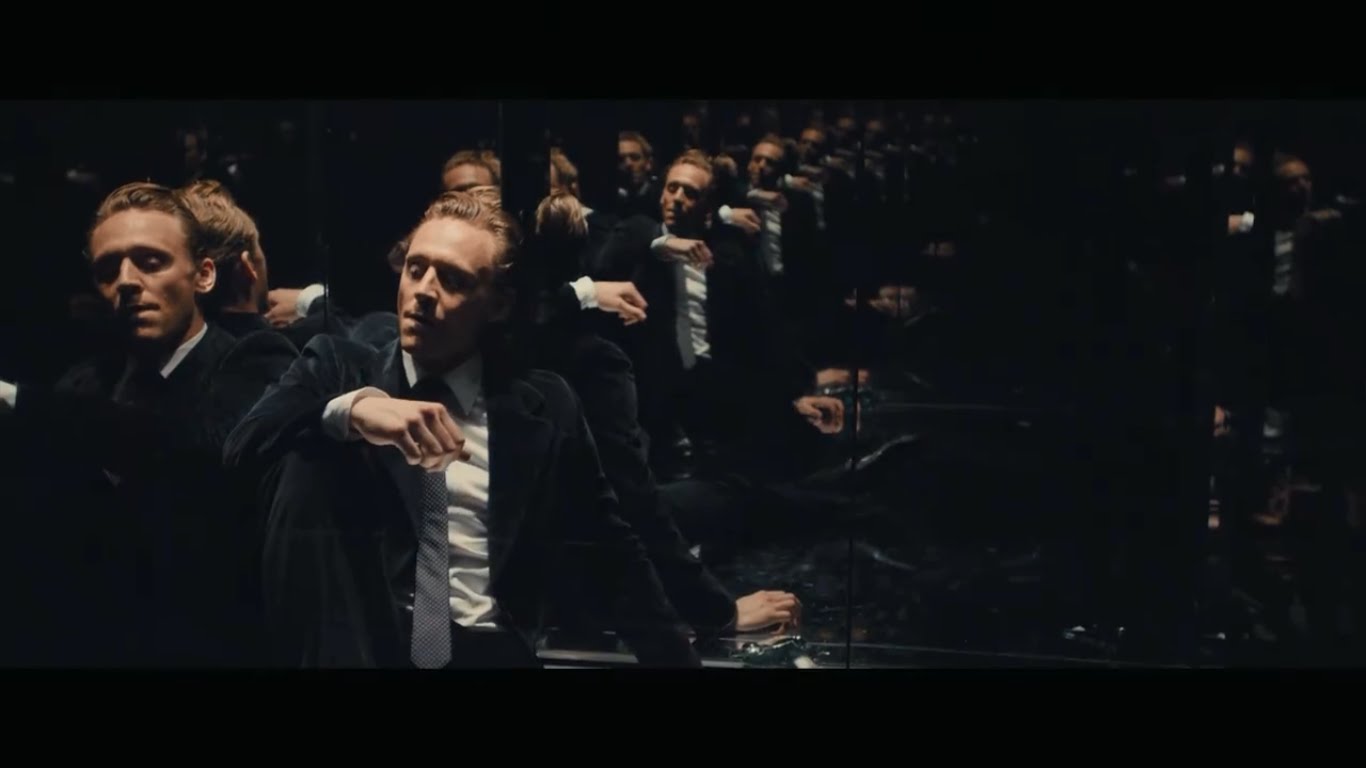Outside of the kind of rabid fanbase culture that the Marvel Cinematic Universe represents, filmmakers adapting a story should never feel the pressure to guarantee fan loyalty or stay true-blue to the original tale. But sometimes a filmmaker’s perception of a story’s value strays so far from the original that it transmogrifies into something unremarkable, confusing, or dissatisfying.
That is precisely the case with British horror director Ben Wheatley’s High-Rise, based on J.G. Ballard’s classic dystopian novel from the 1970s.
Dr. Robert Laing (Tom Hiddleston) buys a condo on the verge of social disintegration. The building is split into two class-based factions, with the higher levels inhabited by upper-class snobs ruled by penthouse-suite owner and condo architect Anthony Royal (Jeremy Irons). Meanwhile, the lower-class dwellers are led by brutish simpleton and documentary filmmaker Richard Wilder (Luke Evans).
Designed to be a utopian community, the high-rise features amenities like a swimming pool and shopping centre, giving the inhabitants little reason to ever leave — except to go to work. In the book, there is a definitive point when they stop working, but High-Rise remains hazy on the timing (the first of many scrambled plot points).
When upper-level residents restrict lower-level residents from using the facilities, all hell breaks loose: derisive comments turn into shouting matches turn into fistfights, rubbish bags plug the chute, water is shut off, and people begin to loot the store, rape each other, and eat each other’s dogs. For those unfamiliar with the book, the reason this microcosmic decline of civilization feels so believable is its gradient-like progression: we’re not introduced to lunacy too early in the game. Every small impulse leads to slightly more devastating impulses. Before you know it, the condo dwellers have become unknowable barbarians, fashioning new rules for survival.
In Wheatley’s version, lunacy is present from the get-go — there’s no pretense of normal to then plummet into bedlam. The film’s periodic montages ostensibly show a further breakdown of normalcy yet feel stagnant in their repetition and make no sense of time. These artistic choices align with Wheatley’s other films — chaos reigns, and characters tend to be unlikable and sardonic to the point of dangerous — yet the decisions actually demonstrate a lack of creative flexibility.
High-Rise feels empty: an exercise in style (see: indulgent slow-motion shots that communicate nothing, glitzy 1970s interior design and fashion) and an excuse to depict the perverse vapidness of 1970s British culture (think of it as a really dumb obtuse horror remake of Mike Leigh’s Abigail’s Party).
As more than one character points out, Laing’s ability to adapt to the new social order is more sinister than the others’ more straightforward displays of savagery. But in the film, this thesis is meaningless: Laing is just another bizarre character in a bizarre world, unrecognizable to the audience. His middle-class status — supposed to indicate that he is the every man — is never recognized in High-Rise, which is a baffling interpretation and simplification of the book’s social hierarchy.
Without Laing as our gateway, we don’t see our own reflection in the film. Which is fine for a sprawling, nonsensical epic — the kind of film Wheatley loves to make — but here, random blips from Ballard’s parable are present, like the impressionable young kid who’s witnessed all the horrors and whose only connection to the outside world are Margaret Thatcher’s terrifying words via radio. And yet they inevitably amount to nothing.

